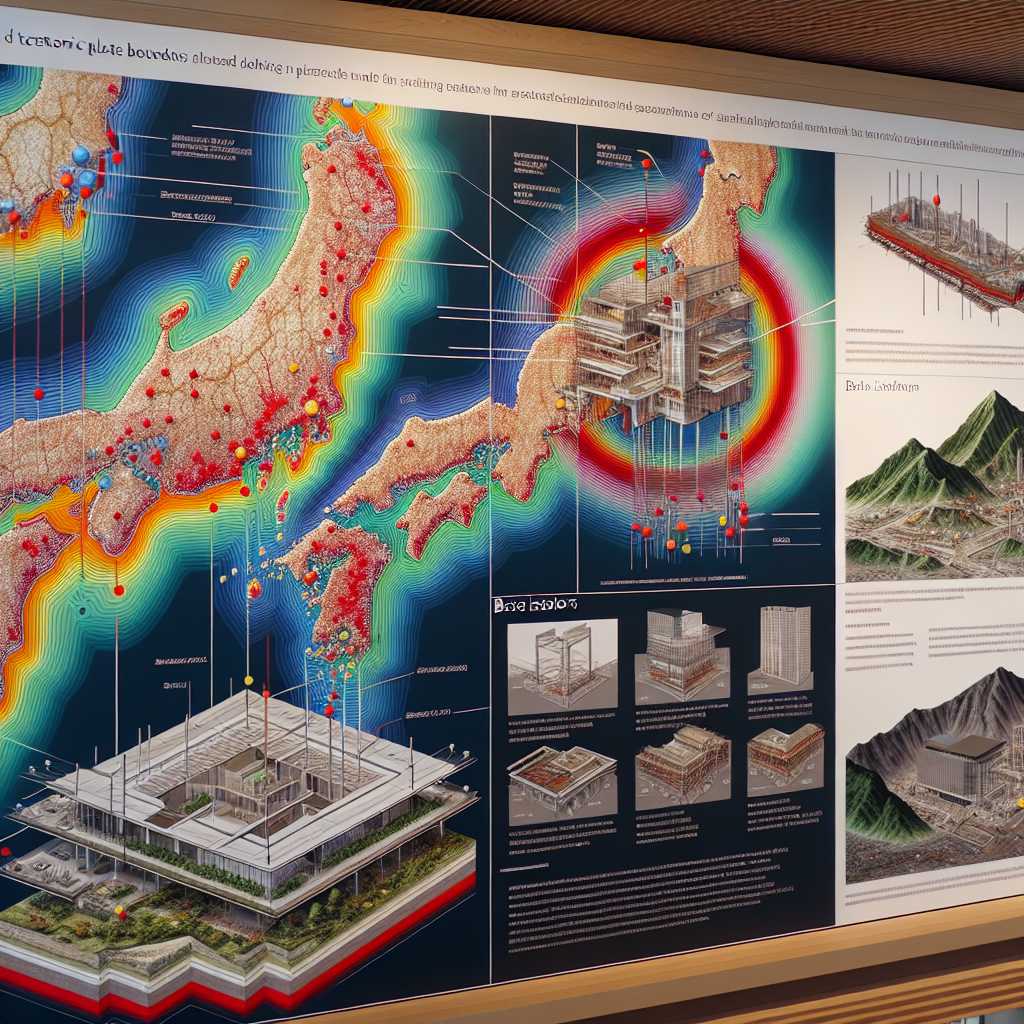Understanding the Japan Earthquake Phenomenon
Japan, located in East Asia, is a country that has become synonymous with earthquakes due to its geographic and geological setting. The islands of Japan are situated on the Pacific “Ring of Fire,” a hotbed of seismic activity. Understanding the earthquake phenomenon in Japan involves a deep dive into tectonic movements, historical impact, safety measures, and the resilience of the Japanese people in the face of natural disasters.
The Tectonic Setting of Japan
Japan is uniquely positioned at the convergence of four tectonic plates: the Pacific Plate, the Philippine Sea Plate, the Eurasian Plate, and the North American Plate. These plates interact in complex ways, primarily through mechanisms of subduction, where one plate moves beneath another. This natural process is responsible for the frequent and often powerful earthquakes that occur in Japan.
Historical Impact of Earthquakes in Japan
The history of Japan is punctuated with significant earthquake events. Among these, the Great Kanto Earthquake of 1923 stands as a tragic example of the devastation that can be wrought by such natural disasters. It struck the Kanto plain on Honshu island with immense force, causing widespread destruction in Tokyo, Yokohama, and surrounding areas.
In more recent history, the 1995 Great Hanshin Earthquake or Kobe Earthquake claimed more than 6,000 lives and highlighted vulnerabilities in infrastructure and disaster preparedness. However, perhaps the most globally recognized seismic event in recent Japanese history was the 2011 Tohoku Earthquake and Tsunami. This magnitude 9.0-9.1 earthquake triggered massive tsunami waves that caused extensive damage along Japan’s northeast coast, led to tremendous loss of life, and instigated a nuclear crisis at Fukushima Daiichi Nuclear Power Plant.
Advancements in Earthquake Prediction and Safety Measures
In response to its earthquake-prone geography, Japan has become a world leader in the field of seismology and earthquake engineering. Japanese technology for earthquake prediction includes sophisticated monitoring networks that detect tremors and provide early warnings to residents. Japanese engineering excellence is evident in structures built to withstand tremors through advanced techniques like base isolation and energy dissipation systems.
Japan’s comprehensive approach further includes strict building codes focused on resilience against earthquakes. A wide range of earthquake preparedness measures are also integrated into education systems to ensure that people know how to respond quickly and effectively during seismic events.
Current Research and Technological Innovations
Continual advancements are being made in earthquake research as new data emerges from each event. Scientists use earthquake simulations to better understand seismic activity and inform engineering practices. Researchers are committed to improving real-time detection systems to extend the lead time provided by early warning alerts for both earthquakes and tsunamis.
Technological innovations involve creating increasingly quake-resistant materials and integrating smart technology into infrastructure management. Robotics and AI applications are also explored to aid search and rescue operations immediately following earthquakes.
Japan’s Community Resilience and Earthquake Culture
Beyond technology and research, an intrinsic part of Japan’s defense against earthquakes lies in its people’s mindset. Robust training programs at community levels, regular drills, a deep cultural awareness of the constant threat of earthquakes, and a strong ethic of mutual aid all contribute to an exceptional level of preparedness amongst citizens.
Culture also plays a role; from storytelling weaving past quakes into folklore to local shrines dedicated to disaster victims embodying collective memory and resilience.
Notes
Image Description: A color-coded map illustrates tectonic plate boundaries around Japan along with markers indicating epicenters of recent significant earthquakes. Insets show various structural solutions employed in Japanese architecture designed for seismic resilience such as base isolators beneath buildings and cross-bracing techniques.
